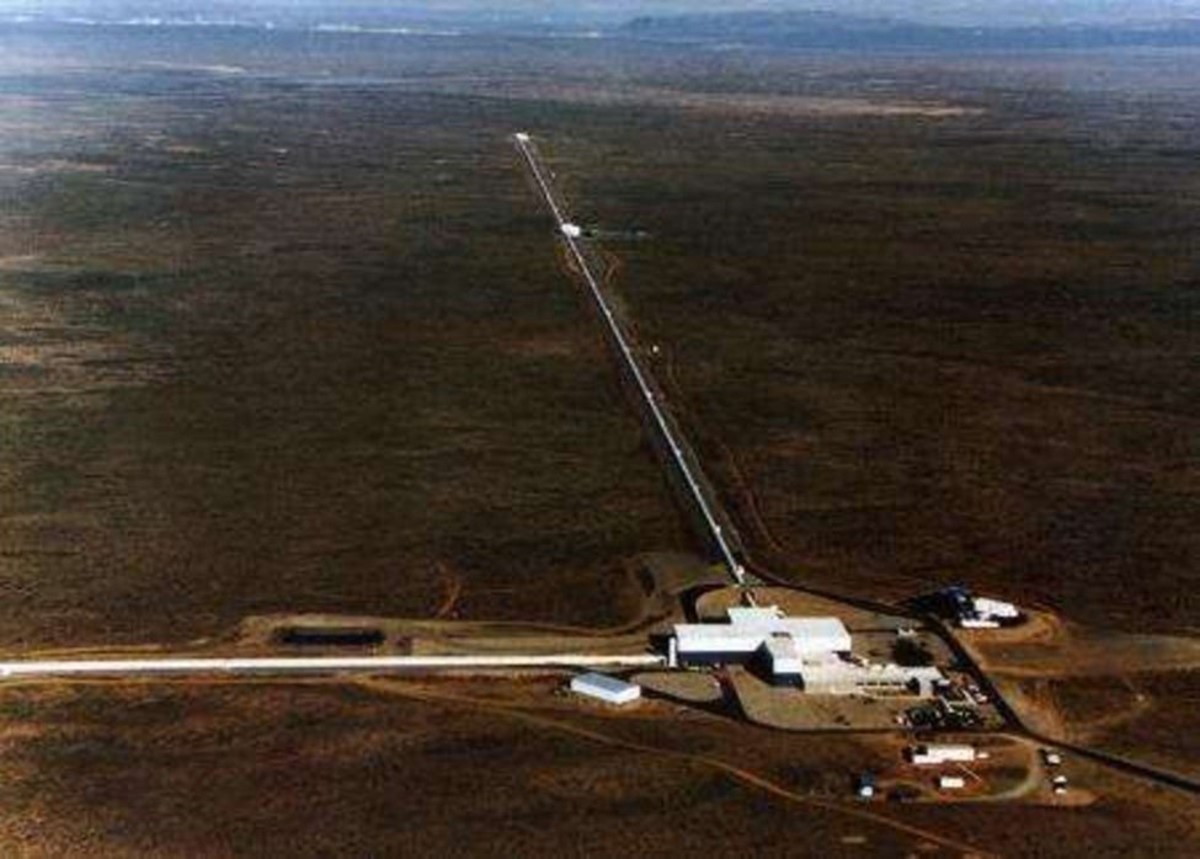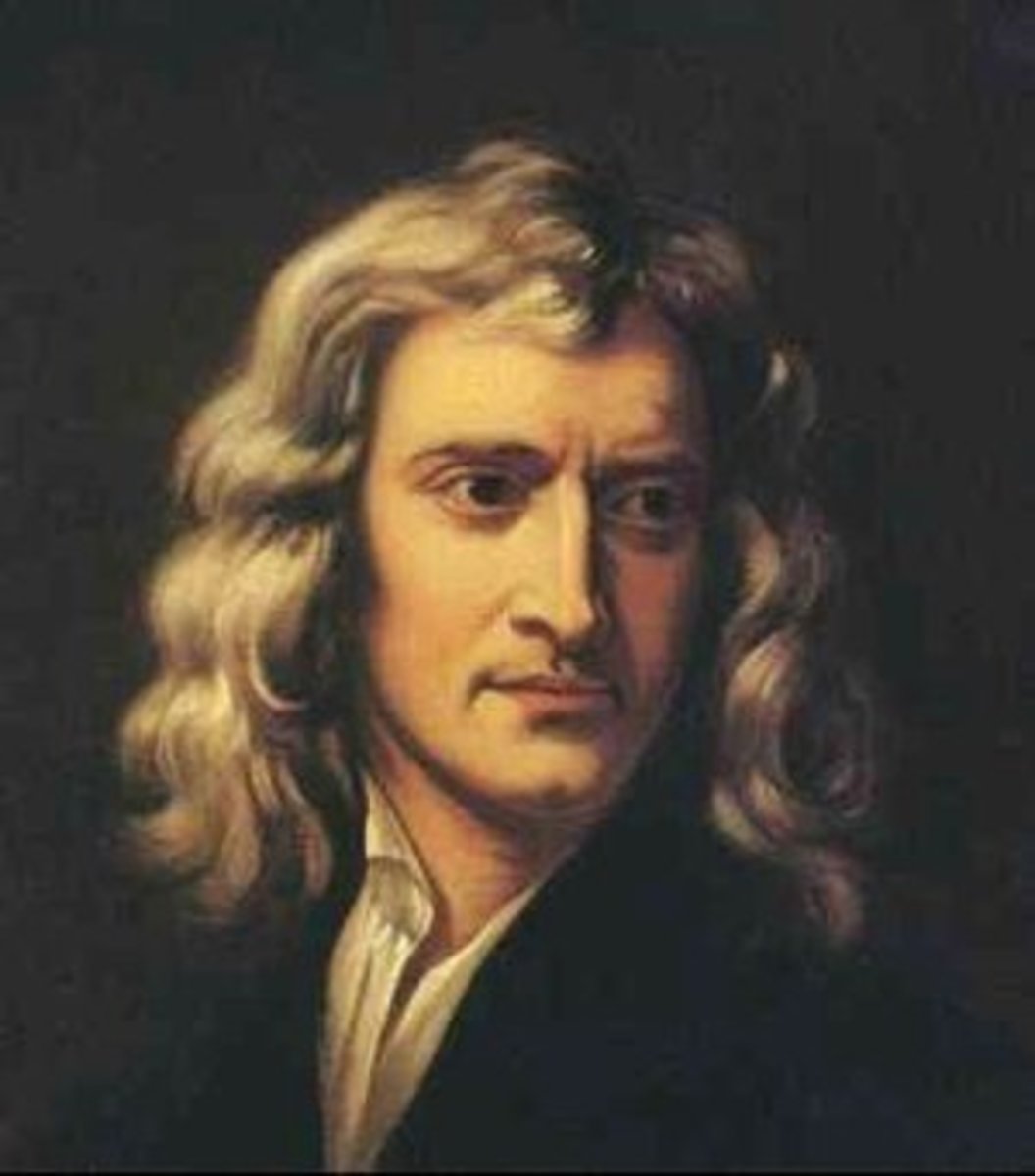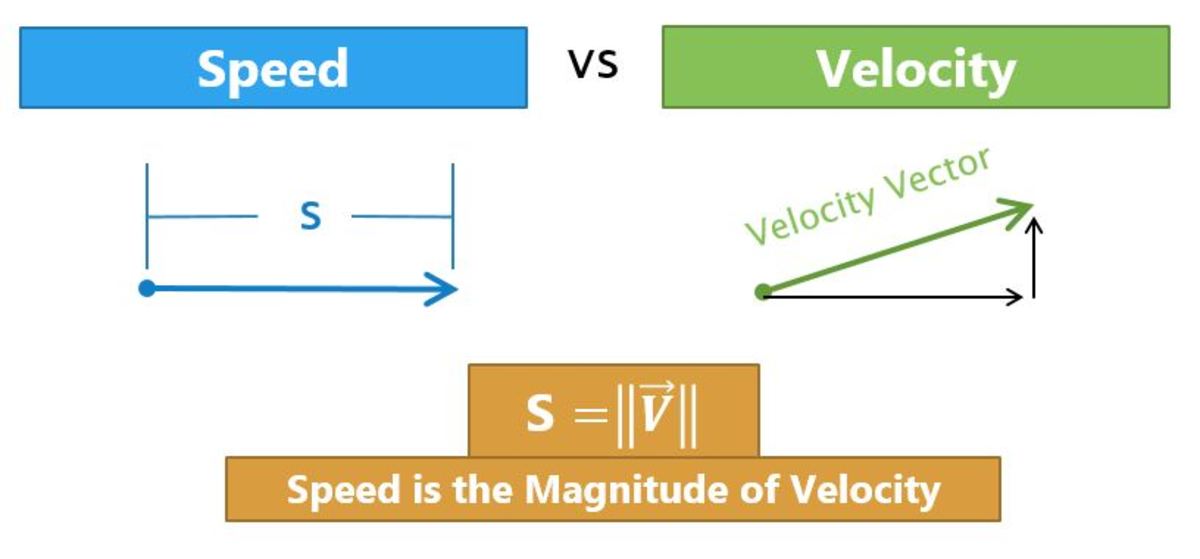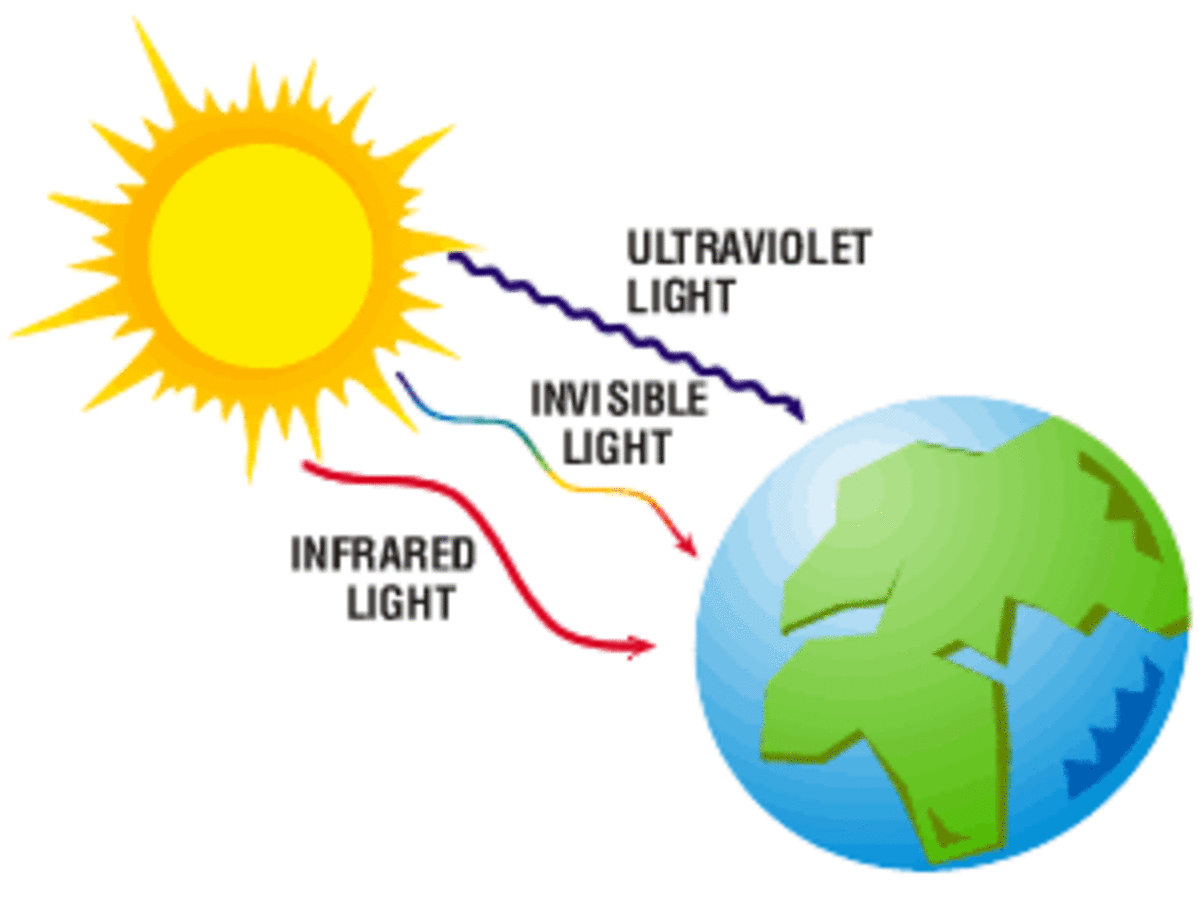Gravity – Isaac Newton’s legacy
It has been a while since I saw gravity - and at the same time it has just been now. Although I was talking about the movie “Gravity” starring Sandra Bullock and George Clooney, this sentence is equally true for you, the reader of this hub, even if you actually haven’t seen the movie at all. Gravity, according to Merriam Webster is “the natural force that tends to cause physical things to move towards each other” (of course we can't see gravity, we only see its impact), this is the reason why we don’t float around in the earth’s atmosphere. So as you are reading this you and everything around you are actually falling towards the center of the earth only stopped by its solid surface. At any given time you are pulling the things around you a tiny bit towards your own gravitational field.
So as you can see, gravity is everywhere, has always been, even though humans haven’t been aware of this fact for a very long time. So how did we find out?
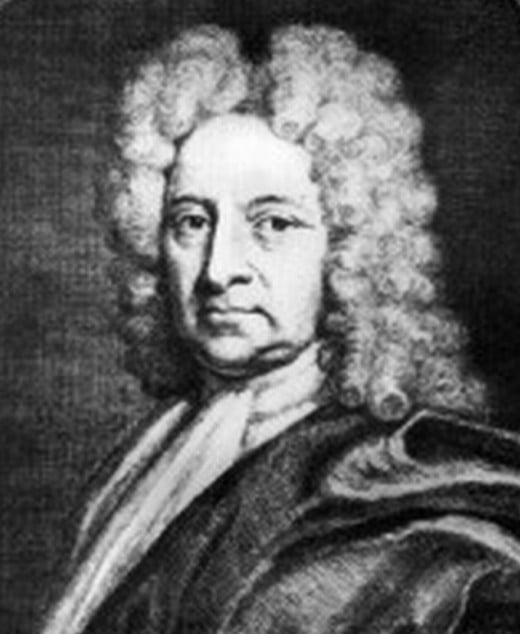
Halley and the wager
Before we come to the man who takes credit for this, we have to talk about Edmond Halley (after whom Halley’s Comet is named but who also was a cartographer, a sea captain, professor of geometry and inventor of the deep-sea diving bell). In 1684, Halley discussed with Robert Hooke, a scientist, and Christopher Wren, first astronomer then architect, why the planets orbit the sun in a particular oval way. In order to get the answer as well as the cash prize offered by Wren, Halley decided to ask a man in Cambridge for help.
Isaac Newton
During that time Newton was known to be very distracted, introverted and secretive (he didn’t tell anyone of his groundbreaking invention of the calculus for over 27 years and kept his work in optics also secret for three decades). He even experimented in a strange way: Once he inserted a long needle “betwixt my eye and the bone as near to [the] back of my eye as I could”, or he stared into the sun as long as he could just to see what happened (his eyes recovered).
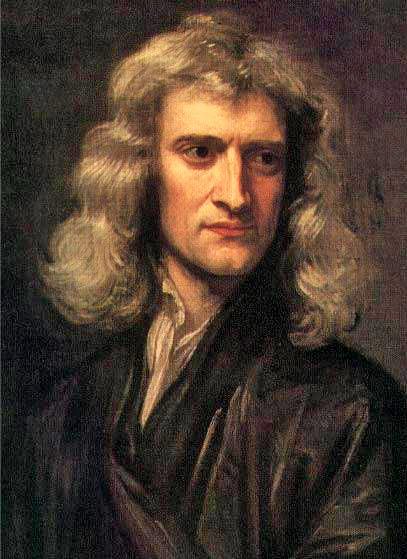
And now Halley came and asked him “what he thought the curve would be that would be described by the planets supposing the force of attraction towards the sun to be reciprocal to the square of their distance from it.” (we know the exact words of this question, because Abraham DeMoivre, a friend of both Halley and Newton wrote them down). Newton instantly answered that it had to be an ellipse. After Halley asked him how he came to this conclusion Newton said he had calculated it, but he couldn’t find the notes anymore. He redid his calculations and published, after two years of intensive work, the Philosophiae Naturalis Principia Mathematica (Mathematical Principles of Natural Philosophy) which would become his masterpiece.
Philosophiae Naturalis Principia Mathematica - 1687
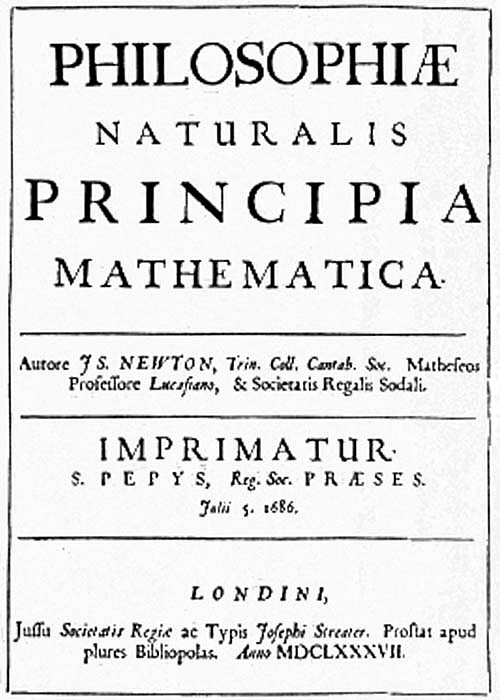
The Principia, as it is often shortened, was “one of the most inaccessible books ever written” (according to Cropper, Great Physicists, p. 31) but those who understand it couldn’t stop praising Newton for his outstanding work. Halley for example said: “Nearer the gods no mortal may approach.”
At its core lay the three laws of motion being
- A thing moves in whatever direction it is pushed
- It keeps moving until another force slows or deflects it
- Every action has an opposite and equal reaction
In addition to that he discovered the universal law of gravitation (the first universal law to be discovered by a human) which states that “every object in the universe exerts a tug on each other” (Bryson, A Short History of Nearly Everything, p. 72). Now the motion of the planets and ocean tides made sense, people had an explanation for those phenomena (that this also explained that the earth isn’t perfectly round but a bit flattened on its poles, which is due to the centrifugal spin is another story, which should be discussed in a different hub).
Gravity in space
So when we see Sandra Bullock gliding into the vast emptiness of the universe as shown in this trailer, she does it according to Newton's three laws of motion.
In space, astronauts or space shuttles are constantly falling towards the next object with the greatest mass. If a ship now flies horizontally, it slides sideways and simultaneously falls towards the earth's centre. There is a very good article on this topic here.
Gravity on other planets/stars
As there are different gravities on different stars and planets, your weight would dramatically increase or decrease depending on the mass and thereby gravitational force of the planet you are on.
In the following table I entered a few weights on exploratorium to compare them on different planets.
Earth
| Moon
| Jupiter
| Mars
| Sun
|
|---|---|---|---|---|
80 kg
| 13.2 kg
| 189.1 kg
| 30.1 kg
| 2165.7 kg
|
70 kg
| 11.6 kg
| 165.4 kg
| 26.3 kg
| 1895 kg
|
1 kg
| 0.1 kg
| 2.3 kg
| 0.3 kg
| 27 kg
|
The curious case of KIC 8462852
Speaking of gravity on other interstellar objects: the star "KIC 8462852" (approximately 1,500 light years from earth in the constellation Cygnus, close to the visible "Northern Cross") has been making the news lately due to an unprecedented observation made by the Kepler space telescope, which detects changes in light fluctuation of different stars in order to discover new planets. The KIC-specific changes were so massive and irregular (up to 22% of its brightness were obscured in dips that occur about every 750 days), that researchers are still wildly speculating what their possible explanations could be.
Some think that it is just an asteroid field, a large dust cloud, or many other planets with giant ring structures, while others believe the gravity of a nearby star could be the reason for comets orbiting it elliptically (in fact, a possible candidate already exists about 132 billion kilometres away, so "nearby" on an astronomical scale). As for the latter, it remains questionable whether comets could be responsible for obscuring almost 22% of the star's luminosity. One of the wildest speculations is the presence of a so-called "Dyson Sphere" or a "Dyson Swarm", an alien megastructure built to harvest the large amounts of energy a star - just like our sun - is releasing at any given minute. This concept was first proposed in Olaf Stapledons science fiction novel Star Maker (1937) and later named after Freeman Dyson. Think of it as a large group of solar power satellites all orbiting the star at the same speed. While the last one is the most exciting explanation it is also the one to be handled with most care until we can rule out all other possible reasons.
Further research is already being prepared, using a wide variety of telescopes to look for other possible signs of alien life.
So it could be an extraterrestrial life form...but it could also just be gravity.


